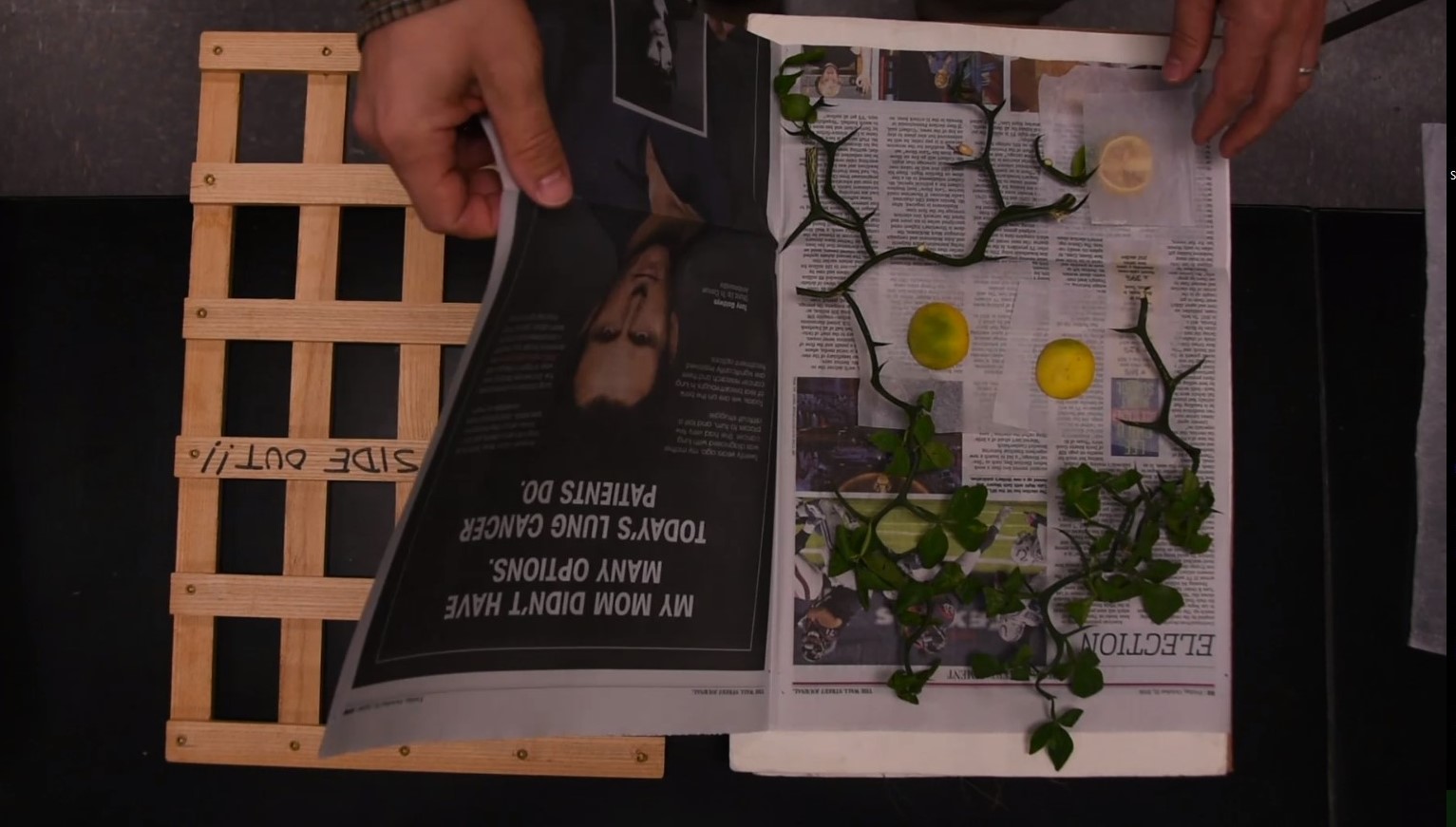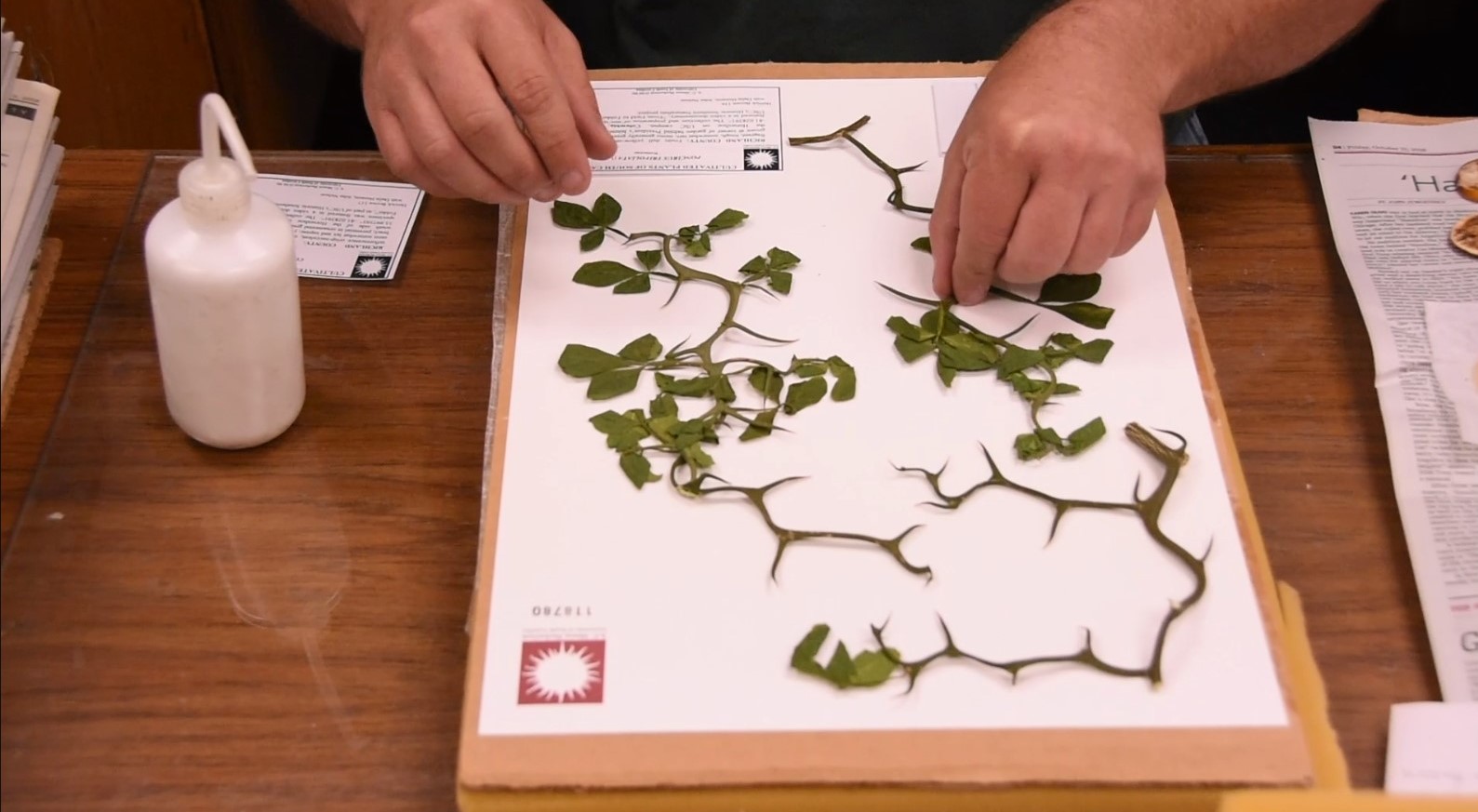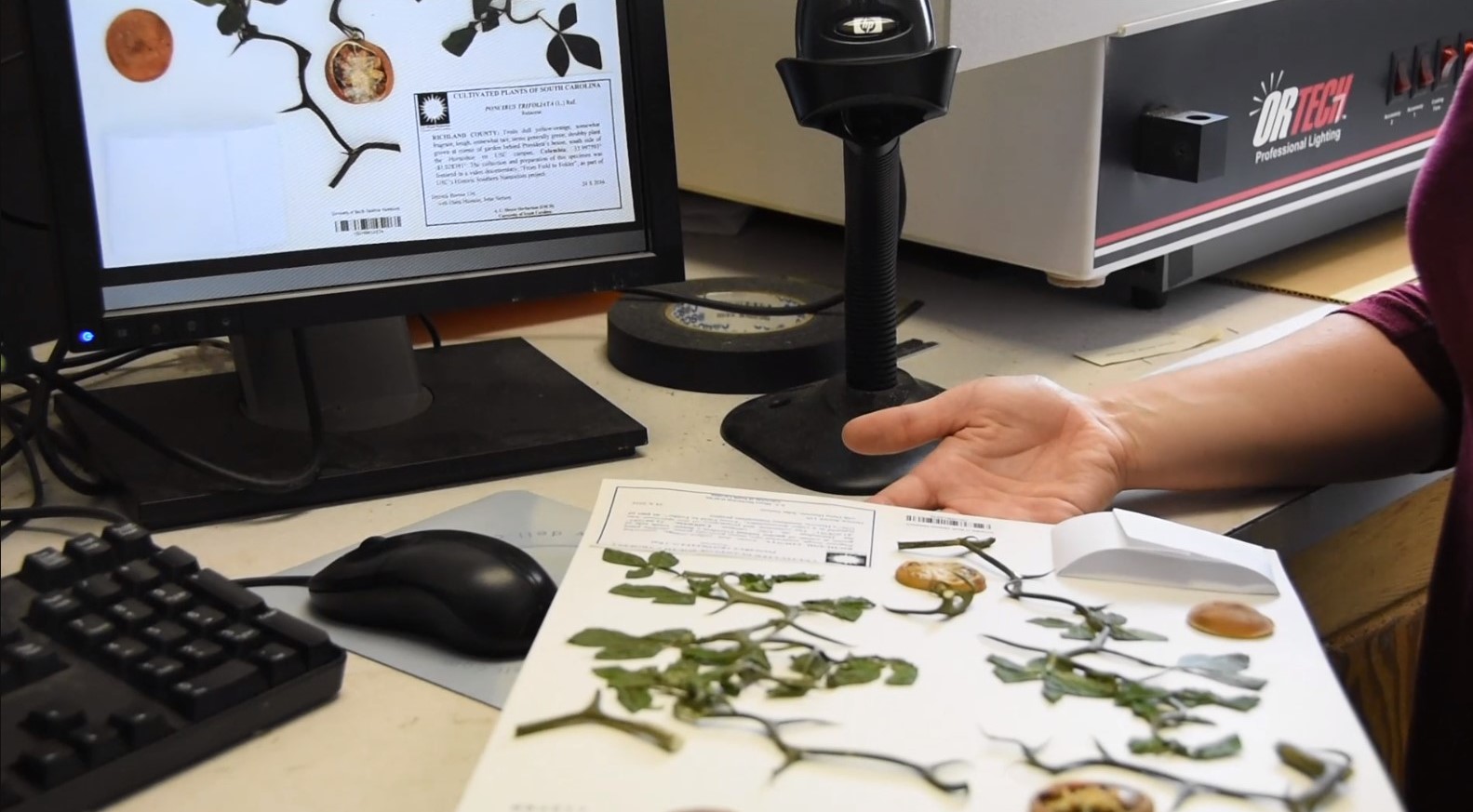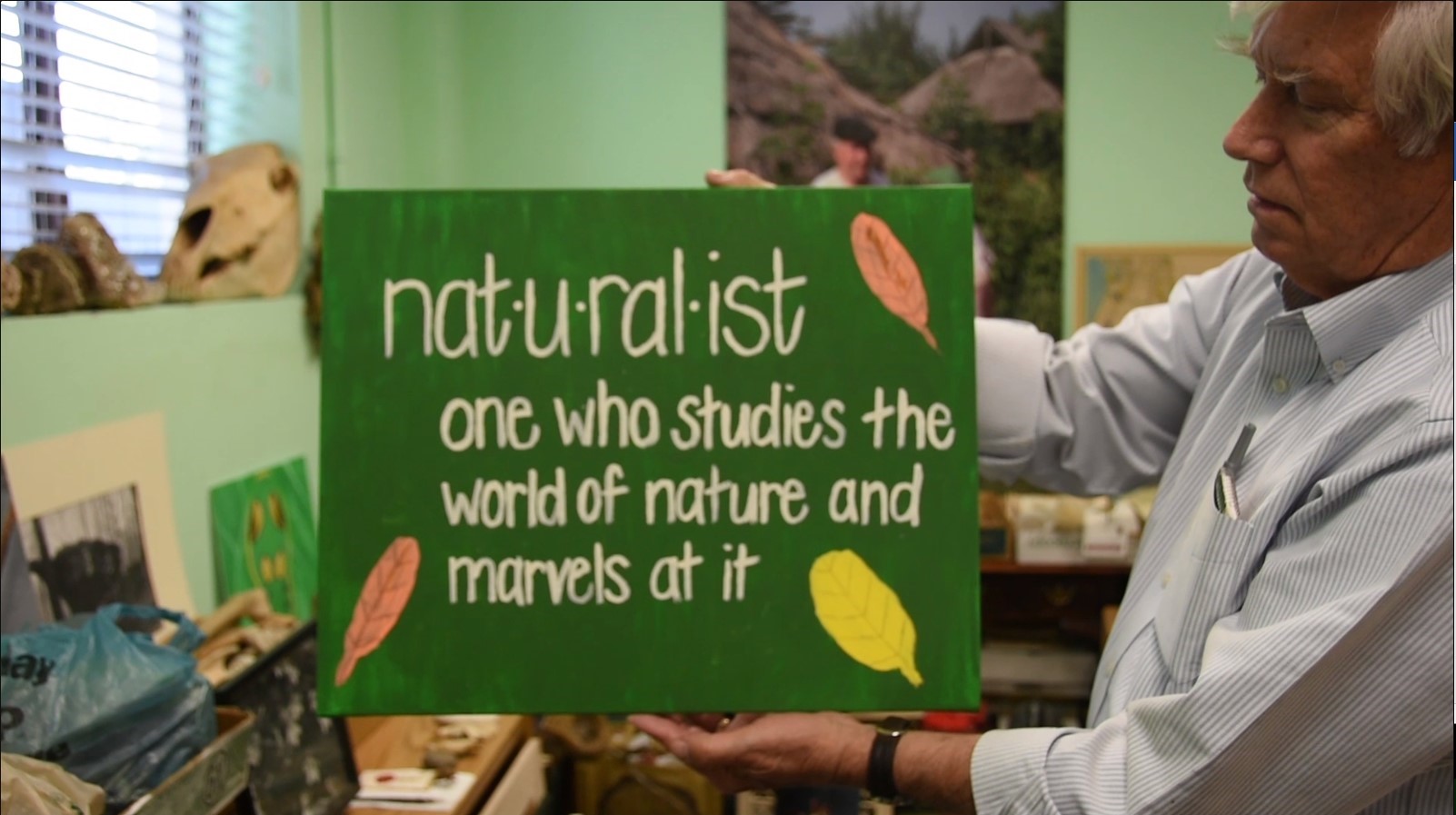
What is a Naturalist?
So, I'm Rudy Mancke. I'm a naturalist – a person who studies the world of nature and marvels at it. And I think everybody's a naturalist to one degree or another. The one thing that's good about the term naturalist is that it doesn't apply to professional scientists. I think everybody's a naturalist. Our brain is wired that way. We're curious about the world. And I've got a lot of objects on my desk, people bring them in, want to know answers to at least one question, you know, “What is it?” I like to talk about answering, you know, two questions, “What is it?” and “How does it fit into the rest of the world?” And that's that connections thing - that's always fun.
State shell in South Carolina is a lettered olive which is really neat. And I like it because it looks like it has little hieroglyphics, little letters on it. So that's the reason for the common name. It was first described by South Carolina naturalist Ravenel. It ranges to just a little north of South Carolina. And so that's kind of neat, but that's the state shell of South Carolina. State mineral is a variety of quartz known as Amethyst. Gosh, we got some really good specimens in South Carolina. Fossil material - not only is the present kind of exciting, but past is pretty neat. And this is the [shark] Carcharodon megalodon - they shed their teeth. This was picked up on the bottom of a river - Cooper River in Berkeley County - by a diver. And then other fossils. This is a piece of mammoth tooth, it was chosen as our state fossil a number of years ago. There are lots of things to see and when you start looking closely at the present or the past, it's kind of an interesting thing to do.
And I'm a snake guy so I got this, believe it or not, in 1963 is when I skinned this timber rattlesnake from Pickens County in South Carolina. One of the venomous snakes in South Carolina, we've got pretty good variety of venomous snakes. So, if you're a museum, you collect, you know, a little bit of everything. And if you're a naturalist: plants, animals, rocks, minerals, fossils, fungi, the whole schmeer and you put humans in the mix, too. Early natural history museums dealt with Native Americans, and that connection between humans and nature, I mean, it's really it's not separate. We're a part of that same system. And that's a good message. That's another good message museums can pass on to other people.
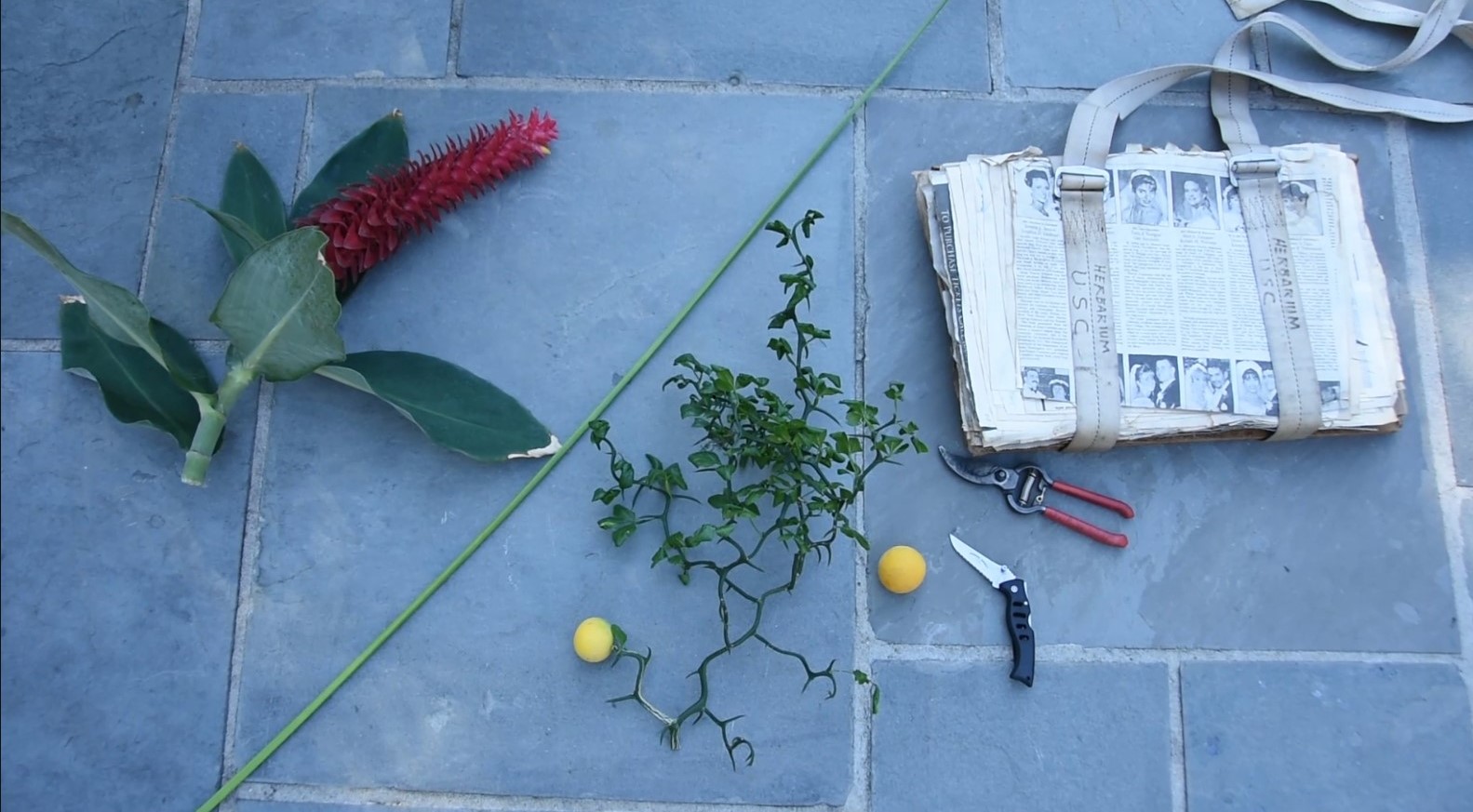
Where do Naturalists get specimens?
00:05
Botanists make plant specimens from a variety of different places: could be outside, could be indoors in a greenhouse. This particular greenhouse is at the University of South Carolina. And it's full of all sorts of interesting plants, some of which are just featuring foliage. Herrick Brown is the assistant curator of the herbarium at the University of South Carolina, and he's here making specimens of various kinds of plants that are being grown in the greenhouse. A specimen ends up being a very, very flat, very, very dry plant - more or less two dimensional. The plants that Herrick is picking up, of course, are three dimensional, so there has to be a special process to make these suitable for storage in an herbarium. Now, living plants tend to be three dimensional with lots of different shapes and textures and sizes. So there have to be some special care with some plants to make sure that they will work. Generally though, there's the same process that's applied to all of them. We have our plant specimens ready to be pressed, and what we call a field press, which is nothing more than two pieces of plywood with two straps to tighten them down, and some newspaper. The newspapers are just single sheets of regular paper. They're not even new newspaper - they're actually used and sort of dirty. Herrick wants to be able to make sure that we can see all the aspects of a given plant. So it takes a little bit of dissection to make sure that these parts are going to be visible. With this ginger Herrick is going to slice the inflorescence longitudinally, so that we can see the outside of it, which would show us the flowers, as well as the inner surface of the stalk. It's something of a challenge, as this structure was rather juicy, but it will eventually dry just fine, and make a very, very nice specimen for a botanist to look at. Similarly, we have a flowering Cyperus, or a papyrus plant. Herrick wants to get representative parts of this plant. Here he's slicing a stem longitudinally, so that we can see again, the inside and outside. The top of the plant is a little bit unruly. All we got to do is fold this thing up into a convenient size, so it will fit inside the plant press. Same thing with those stems and he was slicing. It all goes inside a newspaper. Now the Poncirus trifoliata is a particular challenge just because it's so thorny. And a lot of people would think that oh, this is this would be too hard to work with, but it's not actually. It does require a little bit of care, because you can get poked with those stickers. The fruit is also a challenge just because it's full of seeds and juice. So what Herrick's doing with this one is making a section of the fruit so that again, we can see the interior as well as the exterior rind. It's certainly possible to make a very nice enduring specimen from a massive plant structure such as this.
04:03
He'll clip off a representative portion of a stem and put it in the field press. Now we've got the fruit, stems, the stickers, as well as the foliage. So we'll have all the parts of the plant in the final specimen once it's all nice and dry.
04:37
All we have to do now is close up the field press and tighten the straps down. It may be that we're going to go off to another site to collect additional plant specimens. In this way botanists could be working all day with this field press and get many many specimens, either at the same place or at different places. So, it's all in a day's work for a busy botanist. And you don't have to have special straps. If you wanted to try this, any kind of strap or belt or rope would work. The whole idea though is to get the field press tightened down on those specimens so they can start relaxing before they get into the oven press.



